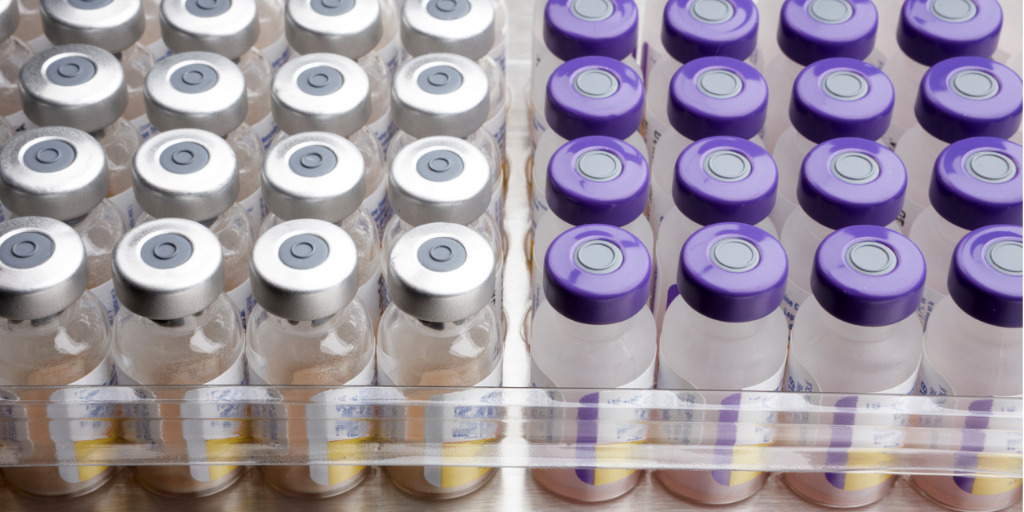Assuring Quality of Vaccines at the Point-of-Care: IBBR Team Advances Detection Method
June 08, 2020 - Analytical techniques to evaluate the condition of vaccine formulations are critical to quality assurance of these substances. Certain vaccines, including those with aluminum adjuvants, can be sensitive to freezing, which would damage the vaccine, and therefore deviations from temperature ranges prescribed for storage and transport need to be monitored. A method for detecting freezing events of liquid vaccines is described in a recent publication in the journal Vaccine featuring work by the laboratory of Bruce Yu, PhD, a professor of pharmaceutical sciences at the University of Maryland School of Pharmacy and director of the School’s Bio- & Nano-Technology Center.
Millions of vaccine doses are administered worldwide each year. After manufacturing, many vaccines require refrigeration during distribution. Vaccines that require refrigeration and are freeze-sensitive are carefully monitored using vial temperature monitors and high-tech cold boxes during distribution. Care providers are very careful to monitor the vaccine storage temperature and discard any freeze-sensitive vaccines that experience subzero temperatures for extended periods. At the point-of-care, quality of vaccines can be assessed by visual observation, using the World Health Organization (WHO) Shake Test. The WHO Shake Test uses one vial from a batch to infer whether the entire batch may have been frozen during transport, which would impact the vaccine’s effectiveness.
Yu’s laboratory has developed a rapid, non-invasive quality assurance method to detect freezing events. Yu’s assessment method utilizes water proton transverse relaxation rate by Nuclear Magnetic Resonance (wNMR) relaxometry to quantitatively detect whether a vial of liquid vaccine has experienced a freeze-thaw cycle. wNMR relaxometry utilizes magnetic fields to detect relaxation of the resonance signals from water in a vaccine sample, which is sensitive to characteristics of other molecules/ingredients present in a vial. Yu’s group applied wNMR relaxometry to three commercially available aluminum-adjuvanted vaccines, DAPTACEL®, ENGERIX-B®, and VAQTA®, and was successful in detecting whether vials had undergone freezing events.

A key advance of the technique utilized by Yu’s laboratory is that the method does not compromise the vial’s integrity and therefore the vial could be used for vaccination if it meets quality standards. Additionally, without the limitation of invasively assessing the vials, all vials can potentially be assessed, rather than a random sample, providing enhanced data collection, and quality assurance of every vial. Given the need to distribute vaccines to millions of people worldwide, possibly including rapidly produced vaccines against SARS-CoV-2, this type of testing approach could be important to assuring quality of large quantities of vaccines when administered to patients.
